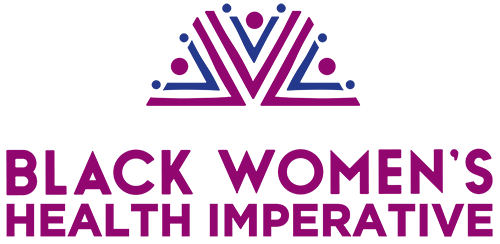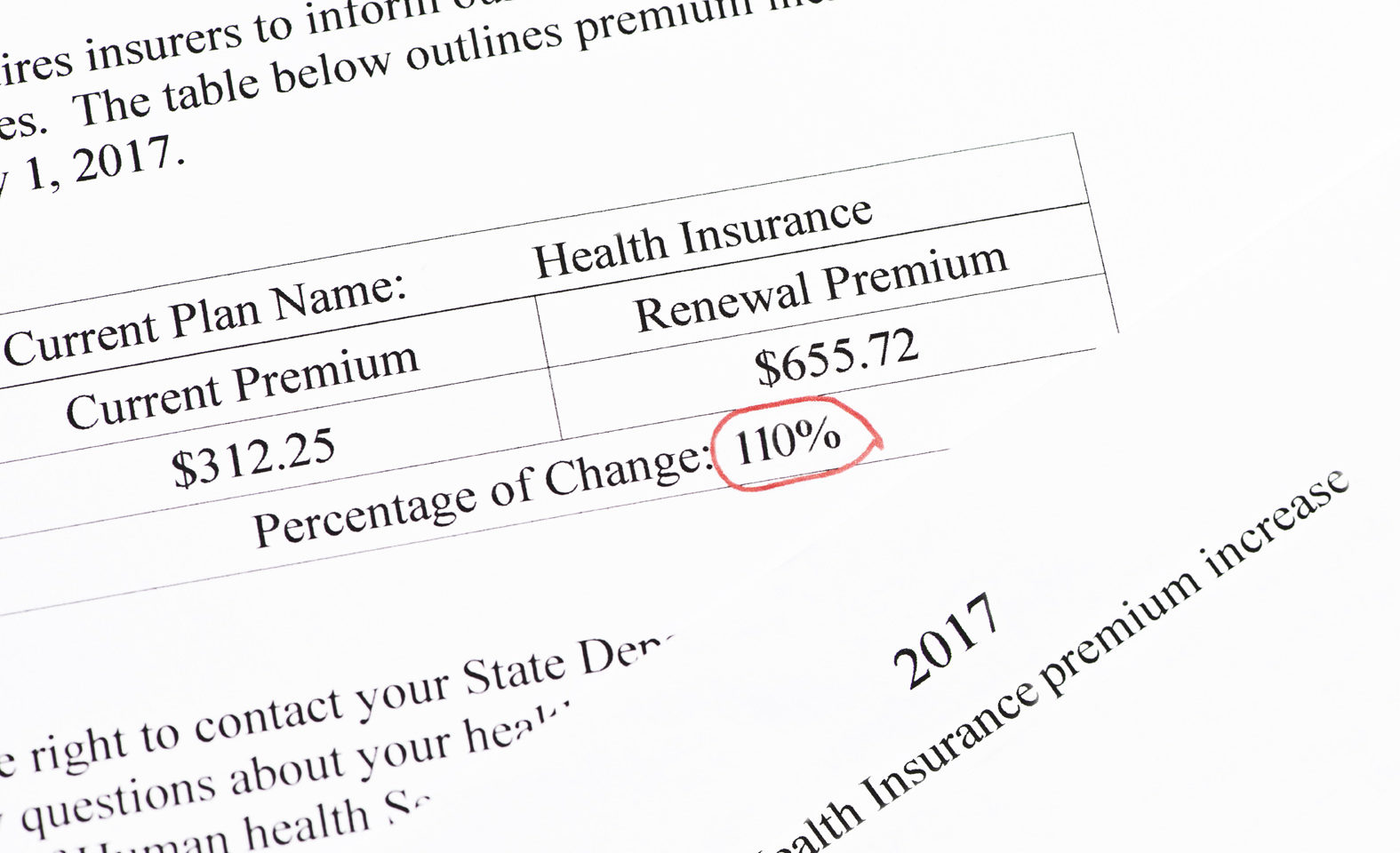You’ve heard the words before: Copayment. Deductible. Premium. A thousand others. You sort of get what they mean … and you sort of don’t. But you do know that if you get one more medical bill—despite having insurance—you’re going to scream.
Trying to understand health insurance can be like diving into quicksand: No matter what you do, you always feel like you’re sinking.
But it doesn’t have to be so murky. Health insurance is actually pretty basic if you have the right dictionary.
To understand health insurance, you first have to understand one key aspect of the health insurance business: Health insurance companies are only successful if they have money sitting on ice. Their business model depends on having a full reserve of money.
Another key to understanding health insurance goes back to basics: read, add, subtract, and occasionally, multiply. If you can do that, you’ve got this. Ready …
So, What Is Coinsurance And All That Other Stuff?
Here are some nuts and bolts of health insurance:
1. Premium
That’s the monthly fee you pay to keep your insurance going. Kind of like the monthly bill you pay to keep your internet service going. And you have to pay it whether you log on or not, otherwise they cut it off.
It could be $100 or it could be $1,000. The health insurance company sets the rate depending on factors like your age, the size of your family, and where you live.
2. Policy period
That’s how long your health insurance company will cover your medical expenses, if you keep up with your premiums. Usually, it’s a year.
3. Deductible
This is one of those “mouthful” words with a simple meaning. Your deductible is what you must pay out-of-pocket, during your policy period, before your health insurance takes over paying for (some of) your medical bills. And yes, this is in addition to your monthly premium.
Let’s say it’s January 1 and you’ve got the flu. Your policy period is one year, ending December 31, and your deductible is $500.
You haven’t used any health insurance yet, but your flu medication costs $30. Guess what? You have to pay that $30. And you’ll have to pay anything else until you’ve paid $500. After that, the health insurance company starts paying for some or all of it.
A high monthly premium usually means a lower deductible. And on the flip side, a low monthly premium usually means a higher deductible.
4. Copayment
Yep, this is another fee that comes out of your wallet. This is a flat fee you pay as soon as you walk into the doctor’s office for medical services. For example, you might pay $20 when you get a physical. Or you might pay $300 to go to the emergency department.

When you make a copayment, will it be subtracted from your deductible? Usually yes, but it depends on your policy. Ask your health insurer for more details.
5. Coinsurance
This word is both good news and bad news. If your health plan has coinsurance, that means that even after you pay your deductible, you’ll still be getting medical bills.
Remember that flu you had in January? Let’s say it’s now October. You’ve gotten enough medical services to pay the full $500 deductible. So, even though you don’t have to worry about a deductible anymore, you now have to pay coinsurance.
Coinsurance is a way your insurance company splits the cost of your care with you. For example, they might pay 80% of the bill while you pay 20%.
Let’s say you’ve broken your thumb. You see an orthopaedist (a bone specialist). He charges you $200. If you have 80-20 coinsurance, your insurance company will say:
$200 x .80 = $160
That means the insurance company pays $160, and you pay the rest, $40.
Here’s the good news: Coinsurance sometimes even “kicks in” before you meet your deductible. Your insurance company might make that happen for certain procedures or tests. After all, everyone needs health care sometimes.
Also, you won’t have to pay coinsurance forever. At some point, your insurance company will start paying 100% of your costs. This is when you’ve reached your:
6. Out-of-pocket maximum
That’s the total amount you’ll have to pay out of pocket during your policy period.
It might be $5,000 or it might be $15,000. Again, it depends on your policy. Now, $15,000 might seem high. But when you keep in mind that something like cancer treatment could cost $100,000 a year or more, having health insurance still protects you in the long run.
Talk to the health insurance provider at your hospital about payment plans and forgiveness for medical expenses.
7. Provider
This one is very basic. A provider is somebody who provides health care. It can be:
- A doctor
- A dentist
- A chiropractor
- A midwife
- An eye specialist
- A psychologist
- A physical therapist
- A nurse
- A nurse practitioner
Why do you need to know this? Two reasons.
The first reason is that some providers are cheaper than others. Let’s say you have a sore throat. You might go to a walk-in clinic. There, you might see a nurse practitioner (NP)—a nurse who can do certain things a doctor can, like prescribe drugs.
Or you might see a physician assistant (PA)—someone who does many things a doctor does, prescribes drugs, and works under a doctor’s supervision.
The point? NPs and PAs are cheaper than doctors:
- The walk-in clinic might have even lower copays than a doctor’s office or emergency room.
- If you need care like an X-ray, and your coinsurance kicks in, you’ll probably pay less than you would at a hospital.
- Even if you’re still paying full price because you haven’t met your deductible yet, an NP or PA will almost certainly be way cheaper than a doctor.

The second reason is that your insurance company might not define certain providers as “providers.” For example, you might see a hypnotist who makes a world of difference in your life. She’s helped you sleep better, lose weight, and get rid of your headaches.
But if the insurance company doesn’t consider her a health care provider, they won’t pay for your sessions with her. You’ll keep paying full price out-of-pocket, forever.
Another angle: Your insurance company might agree to pay for certain procedures or surgeries only if they’re done by providers with certain credentials or qualifications.
It all depends on the company, and on your policy.
What’s the bottom line? Ask the insurance company before you go to your appointment if they’ll pay for services from the provider you want to see.
8. Network
Here’s the background: Insurance companies try to save money by making deals with certain providers. Those providers lower their prices for patients who are covered by that insurance company.
That group of providers is called the insurance company’s network. If you see a doctor who’s “in-network,” you’ll pay less. If you see a doctor who’s “out-of-network,” you’ll pay more.
How do you know if a doctor is in- or out-of-network? Call your insurance company, or look on their website. They’ll probably have a tool you can use to look up different doctors.
Insurance companies can set up different types of networks, like:
- HMOs—These networks don’t have as many providers as PPOs. But they have lower monthly premiums. One warning—if you go outside the HMO network for your care, the insurance company usually won’t pay for it, except in an emergency.
- PPOs—These networks have more providers to choose from. But they have higher monthly premiums. You can also use providers outside of the network, but at a higher cost.
- Tiered networks—For example, you might have tier 1, tier 2, and tier 3. With providers in tier 1, you’ll pay the least amount of money. If you go to a tier 2 provider, you’ll pay more, and in tier 3, you’ll pay the most. A tiered plan may have a lower premium than a PPO plan.
- High-deductible health plan (HDHP)—These plans can have very high deductibles (several thousand dollars or more), but they keep your premiums lower. The size of their provider networks can vary.

9. Benefit
Benefits are the things your insurance plan covers. They can be:
- A blood test
- An X-ray
- Your yearly physical
- Prescription drugs
- A hip replacement
- An emergency room visit
When the insurance company says “you’ll get a higher benefit level if you go to this doctor, lab, or hospital”—listen up. They’re probably trying to refer you to an in-network provider. You could save major bucks.
Want To Know More About Your Insurance Plan And Save Money?
Make a habit of calling your insurance company before every medical appointment. Let them know what service you’re having, who will be providing it, and where you’re having it done.
The phone number is usually on the health insurance ID card that you carry in your wallet. You can also look on your written policy or on their website.
Do you know someone who is looking for health coverage? Maybe they’ve gotten a new job or relocated. Send this page to them.


